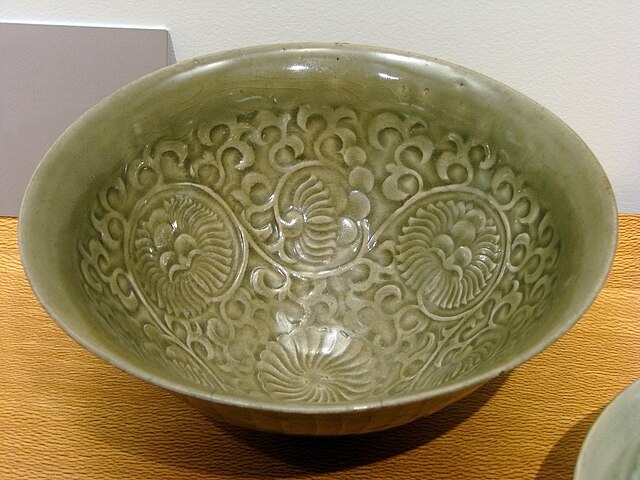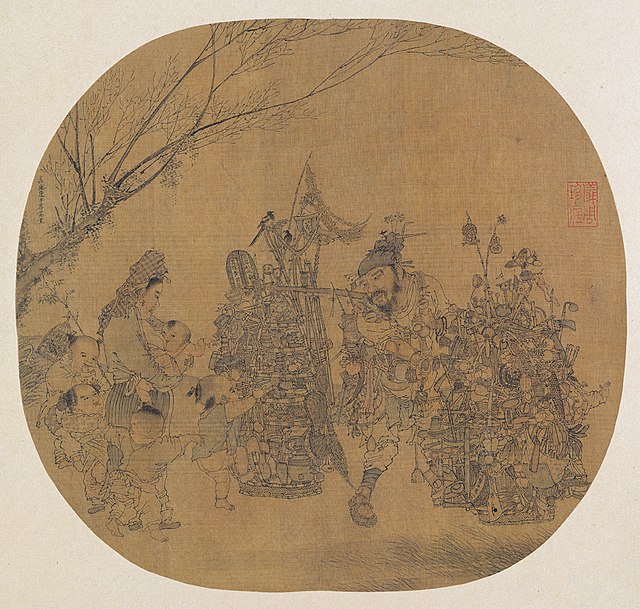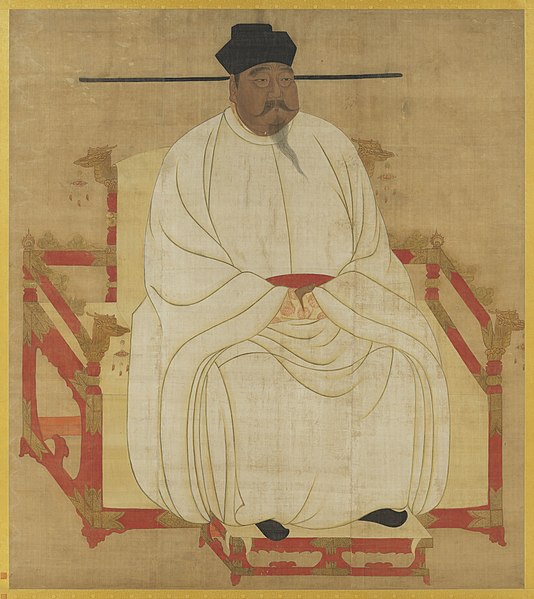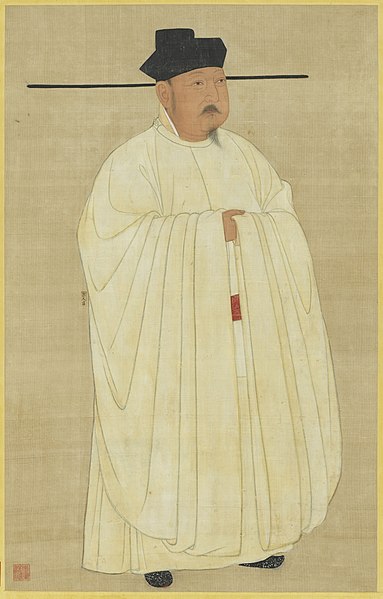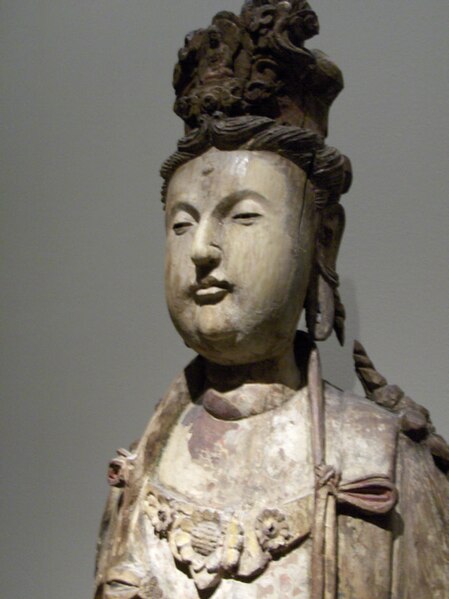Society of the Song dynasty
Chinese society during the Song Dynasty was marked by political and legal reforms, a philosophical revival of Confucianism, and the development of cities beyond administrative purposes into centers of trade, industry, and maritime commerce. The inhabitants of rural areas were mostly farmers, although some were also hunters, fishers, or government employees working in mines or the salt marshes. Conversely, shopkeepers, artisans, city guards, entertainers, laborers, and wealthy merchants lived in the county and provincial centers along with the Chinese gentry—a small, elite community of educated scholars and scholar-officials. As landholders and drafted government officials, the gentry considered themselves the leading members of society; gaining their cooperation and employment was essential for the county or provincial bureaucrat overburdened with official duties. In many ways, scholar-officials of the Song period differed from the more aristocratic scholar-officials of the Tang Dynasty (618–907). Civil service examinations became the primary means of appointment to an official post as competitors vying for official degrees dramatically increased. Frequent disagreements amongst ministers of state on ideological and policy issues led to political strife and the rise of political factions. This undermined the marriage strategies of the professional elite, which broke apart as a social group and gave way to a multitude of families that provided sons for civil service.

The Sakyamuni Buddha, by Song painter Zhang Shengwen, c. AD 1181–1186; although Buddhism was in decline and under attack by Neo-Confucian critics in the Song era, it nonetheless remained one of the major religious ideologies in China.
A small section of Along the River During Qingming Festival by Zhang Zeduan, depicting Kaifeng City in the 11th or early 12th century.
Yaozhou ware celadon bowl, 10th to 11th century
Painting of a woman and children surrounding a peddler of goods in the countryside, by Li Song (c. 1190–1225), dated 1210 AD. The youngest of the children, seen pulling at one of the baskets of the peddler's wares, is still too young to be wearing trousers.
The Song dynasty was an imperial dynasty of China that ruled from 960 to 1279. The dynasty was founded by Emperor Taizu of Song, who usurped the throne of the Later Zhou dynasty and went on to conquer the rest of the Ten Kingdoms, ending the Five Dynasties and Ten Kingdoms period. The Song often came into conflict with the contemporaneous Liao, Western Xia and Jin dynasties in northern China. After retreating to southern China following attacks by the Jin dynasty, the Song was eventually conquered by the Mongol-led Yuan dynasty.
Emperor Taizu of Song (r. 960–976), a court portrait painting
A portrait of Emperor Taizong of Song (r. 976–997)
A wooden Bodhisattva from the Song dynasty (960–1279)
Flock of Crane over Song Palace painting by Emperor Huizong



